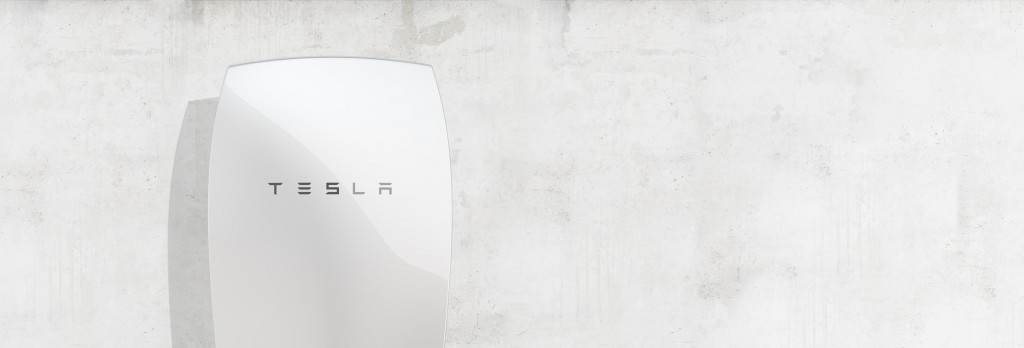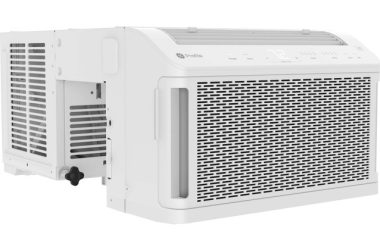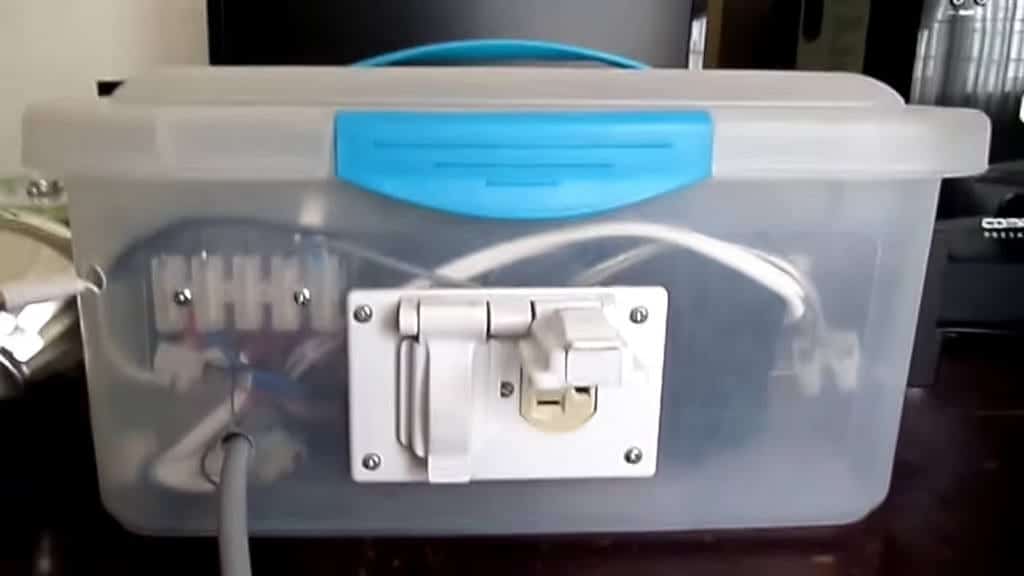Alberta Innovates – Energy & Environment Solutions (AI-EES) has awarded TransAlta $250,000 for the construction of Alberta’s very first large-scale commercial energy storage system. The system will be powered by 5 commercial-scale Tesla Powerpack battery modules, each the size of a household refrigerator. It is large enough to power a building the size of a large grocery store, small office tower, or apartment block.

Image credit: Tesla.
Dan Chapman, TransAlta’s lead engineer said: ‘Home and business energy storage is just starting to gain momentum in the U.S, with California leading the way due to the incentives offered there, but our project will be the first of its kind in Alberta. This is a major step forward in putting new technology to work in Canada, and Tesla is already a leader in this field. We’re now looking for a customer to partner with us on this project.’
This isn’t a renewable energy project, so why is energy storage needed? Energy storage has great benefits: It can provide backup in the event of a power outage (this is very convenient in the aftermath of hurricanes), it can be used by buildings to take advantage of time-of-use electricity pricing by recharging with cheap electricity during off-peak hours, and offsetting energy usage using that cheap power during peak hours to lower their electric bills.
In addition to that, there are seldom-mentioned challenges facing coal-fueled, nuclear, and other steam-powered generators — Operators have a hard time meeting electricity demand in the afternoons when it peaks, prompting them to fire up inefficient and expensive peaking power plants which can start in only 15 minutes. Third party owners of such battery systems could sell a little of their backup power back to the grid to help them augment electricity supply.
The deployment of energy storage technology like this will affect the renewable energy horizon, whether or not solar panels and wind farms are deployed on a large scale first. This is because buildings will be more equipped for the installation of solar panels, as they can simply be connected to the existing batteries. Off-grid solar systems have been criticized because they cost more than grid-tie systems, but they deserve credit for their immunity to outages caused by downed power lines, and those annoying little disruptions you get from strong winds that shake power lines (hence the widespread usage of UPS systems).







